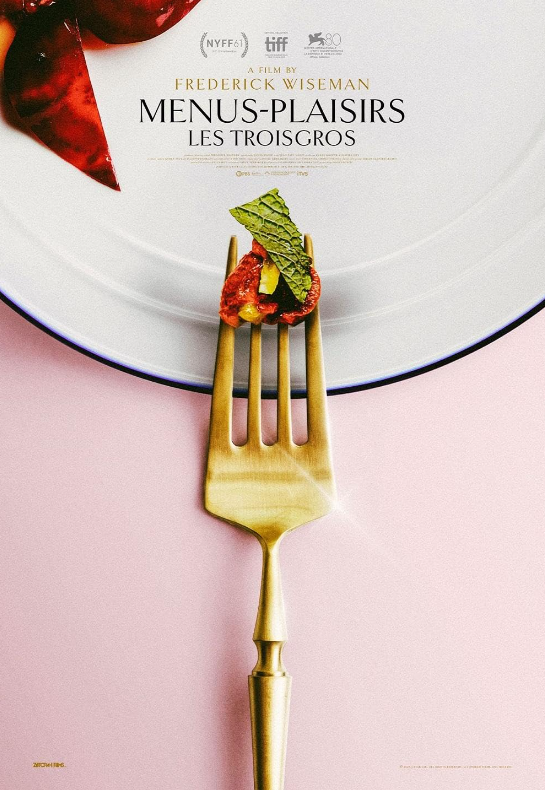
Clad in a black jacket and chef’s hat, smears of avocado on my sleeves, and perhaps a grain of rice that somehow located itself below my eyebrow, I can be found working behind the sushi bar at the Franklin Dining Common twice a week. On my feet and occupied for four hours, I tend to roll nearly 80 rice roll creations per shift. From the most popular California roll to a sweet potato fry and bacon roll, the sushi created by the sushi rollers at the dining common are anything but ordinary. And the often unusual fruits of our labor are a reflection of the experience itself.
Every sushi roller has his or her own way of crafting the roll. After coating one side of the nori (the sheet of dried seaweed) with sticky rice, I flip it over and pile on the customer’s requested ingredients, eyeing the amount of each one to ensure that the roll will hold together once it’s crafted. While some sushi chefs roll the sushi with their hands and then use the bamboo mat to guarantee that the roll will hold together, I roll the sushi with just the mat, which is a more practical process when the ingredient furnishings are more generous in proportions. And because I make rolls for others as if I am making them for myself, that indeed means that I can be very generous with ingredients, such as avocado or cream cheese. Lastly, the roll is cut into eight morsels and is plated often in creative presentations. I opt for the circular exhibition of sushi pieces, leaving room in the middle of the plate for soy sauce, spicy mayo, or wasabi. My fellow coworker, Kayla Tuohy, a senior at the University of Massachusetts, is known for her smiley face and caterpillar displays, using shreds of carrot for antenna.
People ask me all the time if my hands get tired or if I grow weary of doing the same thing over and over again, but I shake my head in negation. Rolling sushi can actually be a lot of fun if you’re not in it just for the pay. Customers are most often very friendly and willingly engage in conversation with me as I make their dinner. If I over pack their roll and it fails to hold together, almost all customers overlook it with ease. “It’s all going to the same place,” they say with an empathetic smile. Most customers are gracious, pleasant to chat with and sometimes request the most peculiar of ingredient combinations in their rolls; but they make the seemingly tedious and monotonous job an enjoyable experience. I genuinely look forward to my shifts every Tuesday and Thursday.
It is not unusual to have a customer ask for guacamole instead of avocado, celery instead of cucumber, or tuna instead of salmon. If this sounds like you, do not fret; us sushi chefs are not ridiculing you. We know what you mean. And as you can see, we are working with sharp, serrated knives to cut each roll. We are also only human – mistake-making humans. So please bear, especially with me, if I need to excuse myself for a moment to sterilize a wound engendered out of distraction, carelessness or having taken a moment of spontaneity to dance to the music that reverberates from the dish room. More times than never, I return to the scene, cleaned and bandaged, with a smile on my face.
Becoming a sushi chef was an opportunity I contemplated taking advantage of for a while. As I was in the process of seeking employment to crawl out of my “broke college student” condition, I wanted to find a job that I knew I would enjoy. Consequentially, I found a job where I take pleasure in the craft of sushi making, love those I work with and develop relationships with students who are as keen on sushi as I am.
One’s experience of being a sushi chef is what he or she chooses to make of it. It’s a craft, while it is also an interactive activity. In addition, it’s an enjoyable source of income that progressively became disassociated with solely digging me out of the hole that was my impoverished bank account. It’s certainly a job I can roll with.
Andrea Greenberg can be reached at [email protected].


















